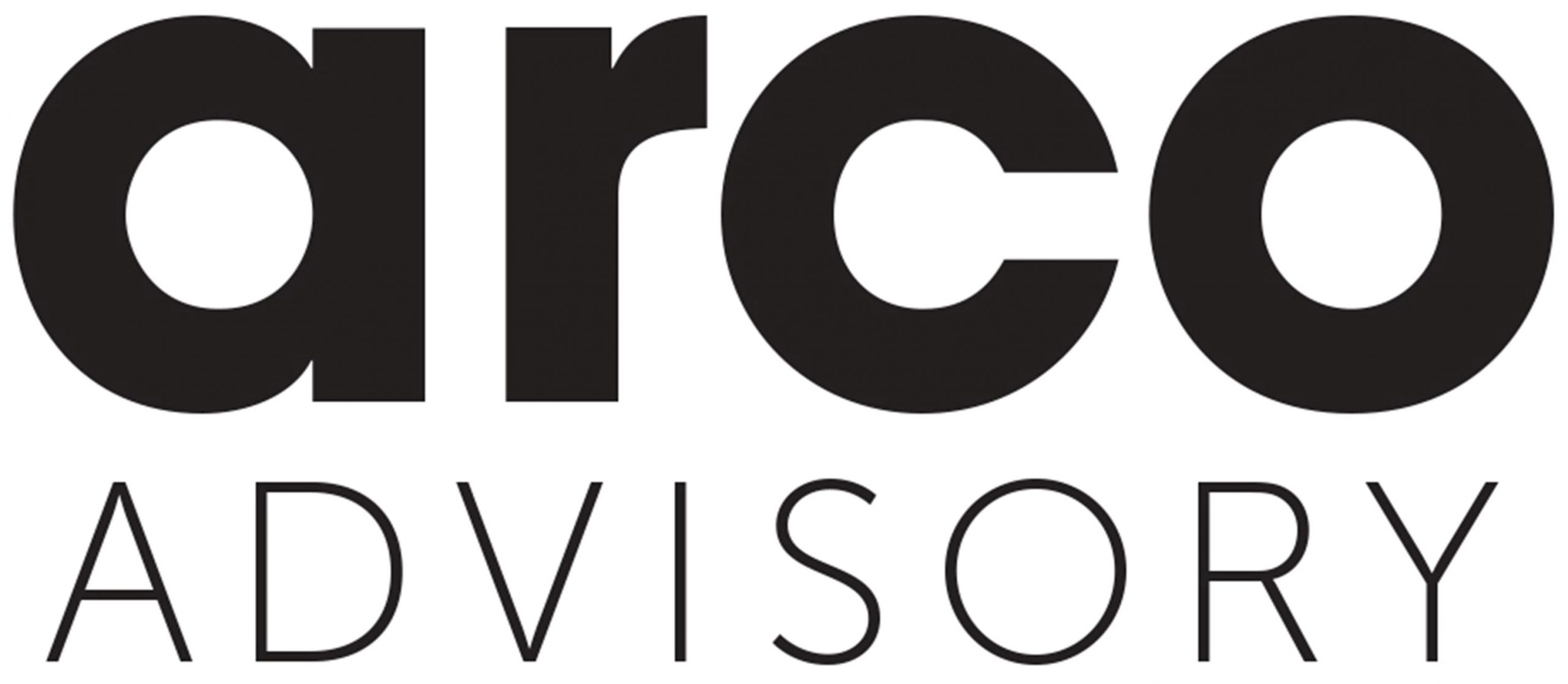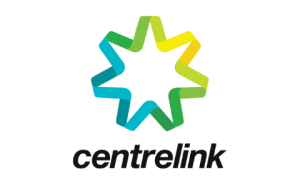The Australian superannuation industry has been in the headlines almost every day in the past few weeks, with the Federal Government predicting that as many as 1.7 million people will look to access their superannuation early as part of COVID-19 relief measures. For those that have a choice and are wondering if they should take up this opportunity, we have published two articles recently that might shed some light: The cost of early superannuation access and How early superannuation withdrawals add up.
The key message is that accessing your super may be a critical matter of meeting life’s necessities in the wake of a global pandemic – but explore all other options first because the long-term cost on your potential retirement savings is significant.
An interesting by-product of all the discussion about early access to superannuation is that it may have sparked the interest of younger investors who haven’t always paid the closest attention to their own situation.
According to a research report by the Financial Services Council, the majority of young adults do not check their superannuation accounts and those under 35 were more likely to not know how much money they currently held.
With superannuation so topical, now could be a good time to learn a little more about it, even if retirement seems a long way away – particularly if you do not need to access but have rediscovered multiple accounts that you may have not got around to consolidating and still costing you in fees.
SUPERANNUATION 101
Superannuation is essentially money you regularly put into a fund in preparation for when you retire. It is deducted from your pre-tax earnings and when you stop earning a wage, your superannuation funds will be what helps provide you with a regular income in retirement.
Your employer is responsible for paying your superannuation into your specified fund at a compulsory contribution rate of 9.5 per cent of your annual salary. This applies to everyone who earns A$450 a month before tax.
Your superannuation fund then manages your money for you and invests it – either in their default fund or in the investment option of your choice.
SUPERANNUATION STRATEGIES
One of the simplest things you can do to manage your superannuation is to make sure you only have one account. If you’ve had multiple jobs in the past, your employer may have selected a default superannuation fund for you. And the more accounts you have, the more fees you are paying and the more your balance gets eroded. You can access ATO services to consolidate your superannuation via the MyGov website.
You are also able to select an investment option for your super, typically growth, balanced or conservative. Each investment option differs in their risk and return. A growth option will usually invest more of your superannuation in higher risk assets such as shares or properties, whereas a conservative option will invest more in lower-risk assets such as fixed income or defensive assets.
One of the key advantages that younger investors have is time, for the simple fact that the longer you have to invest, the more opportunity you have to realise returns. Choosing a high growth investment option earlier on means that although it may be riskier, you have the time to ride out market cycles and capitalise on the good years before you reach retirement. You also have time to reap the benefits of compounding interest on your superannuation balance.
Another strategy to consider is voluntarily contributing funds to your superannuation if you are in a position to do so. Even small amounts add up over time, and could reduce the tax you pay. According to the government’s Money Smart website, these concessional contributions are generally tax effective if you earn more than $37,000 a year as they are taxed at 15 per cent. This might be lower than your marginal tax rate. But just remember there is a cap to how much you can voluntarily contribute a year.
EARLY ACCESS
While ultimately the decision to withdraw superannuation should be determined by your own financial situation, it is also important to understand the potential impacts of doing so. Based on an average net return of 6 per cent per annum, the value of $20,000 (the maximum you can withdraw) could grow to approximately $205,000 in 40 years.
Drawing down on your superannuation right now also means you are selling assets when the market values have fallen because of the uncertainty around COVID-19 and the economic impacts. You are asking your superannuation fund to sell your assets at a lower market price and even if you intend to repay it over time cashing out now may mean you can’t recover this value when the market rebounds over time.
CONCLUSION
For those in their 20s or 30s, superannuation won’t seem like a priority when you may have only recently entered the workforce. And day-to-day living expenses take precedence so voluntarily contributing more to your superannuation won’t seem too appealing when you usually can’t access those funds until you turn 67.
But superannuation is more than just a distant pile of money for future you, it also represents financial independence and freedom, and is best cultivated from an early age. This is especially true in recent years where millennials are experiencing record low interest rates, a tough housing market to crack and low wage growth. Making the right investment decisions about your superannuation may be an accessible way to growth your wealth right now.
Please contact us on (03) 9562 0742 if you seek further assistance on this topic.
Written by Robin Bowerman, Head of Corporate Affairs at Vanguard.
Reproduced with permission of Vanguard Investments Australia Ltd Vanguard Investments Australia Ltd (ABN 72 072 881 086 / AFS Licence 227263) is the product issuer. We have not taken yours and your clients’ circumstances into account when preparing this material so it may not be applicable to the particular situation you are considering. You should consider your circumstances and our Product Disclosure Statement (PDS) or Prospectus before making any investment decision. You can access our PDS or Prospectus online or by calling us. This material was prepared in good faith and we accept no liability for any errors or omissions. Past performance is not an indication of future performance.
© 2020 Vanguard Investments Australia Ltd. All rights reserved.
DISCLAIMER
The information/advice provided in this website is General Advice Only. It has been prepared without taking into account any of your individual objectives, financial situation or needs. Before acting on this advice you should consider the appropriateness of the advice, having regard to your own objectives, financial situation and needs. You should obtain a Product Disclosure Statement relating to the products mentioned, and consider the statements before making any decision about whether to acquire products.
We take your privacy seriously and as such we, or any of the Financial Services Partners financial advisers, will never ask you to transfer money via email request unless we have spoken to you in person or the transfer is part of an existing arrangement between you and your financial adviser. If you receive any such requests that are outside the agreed arrangements you have with your financial adviser, please contact our office immediately to confirm the validity the request before you take any action – .






